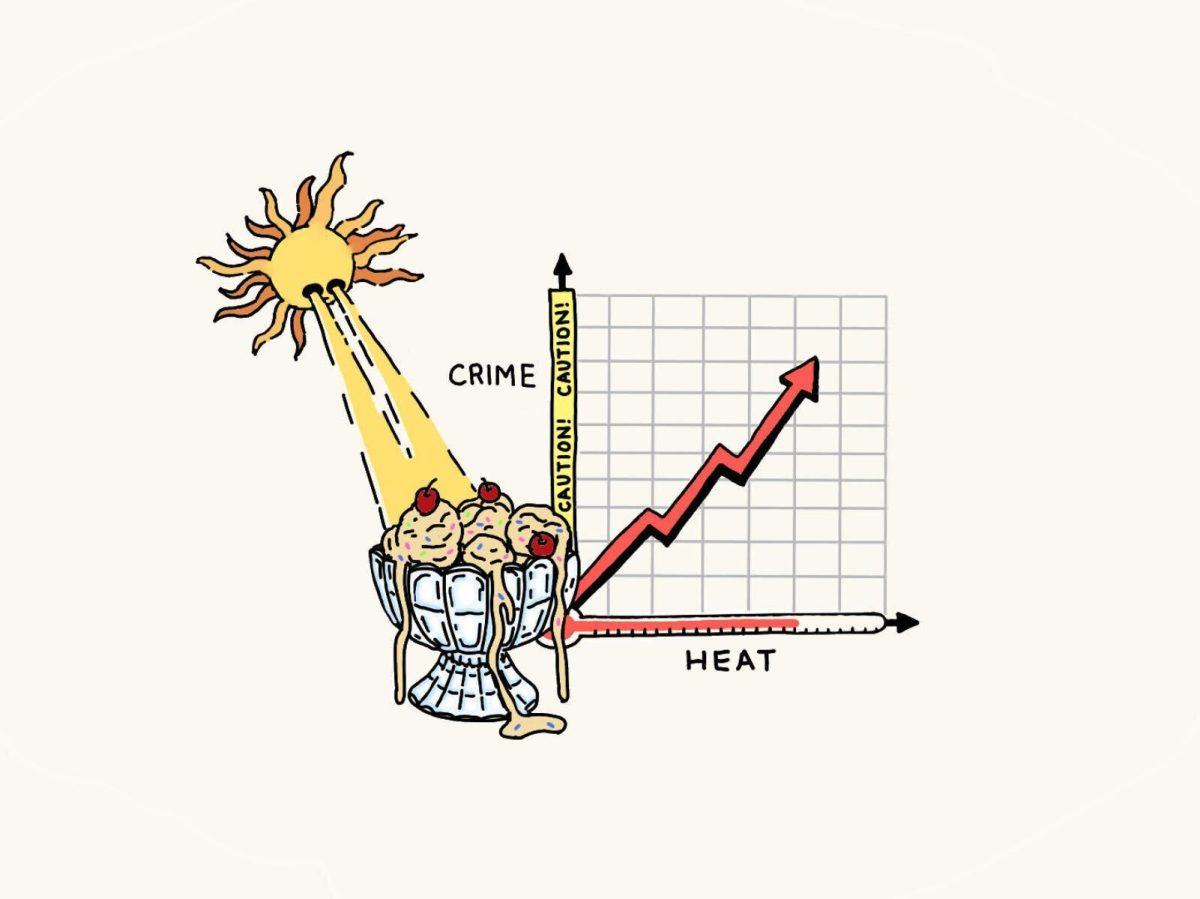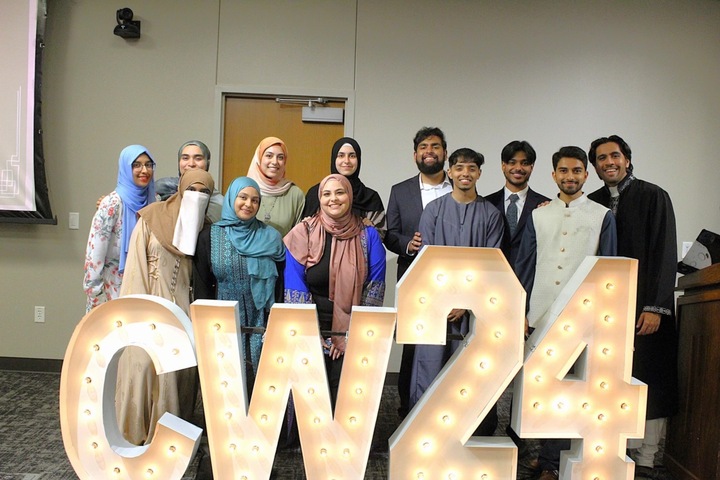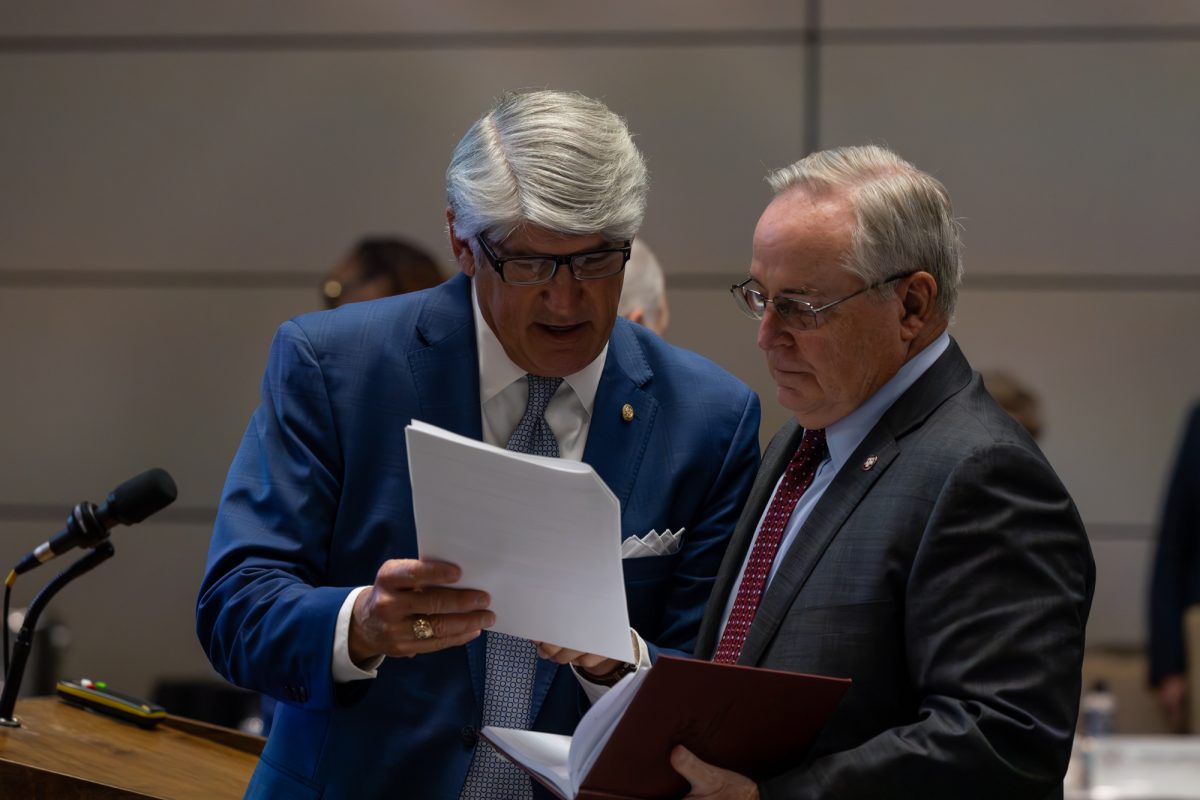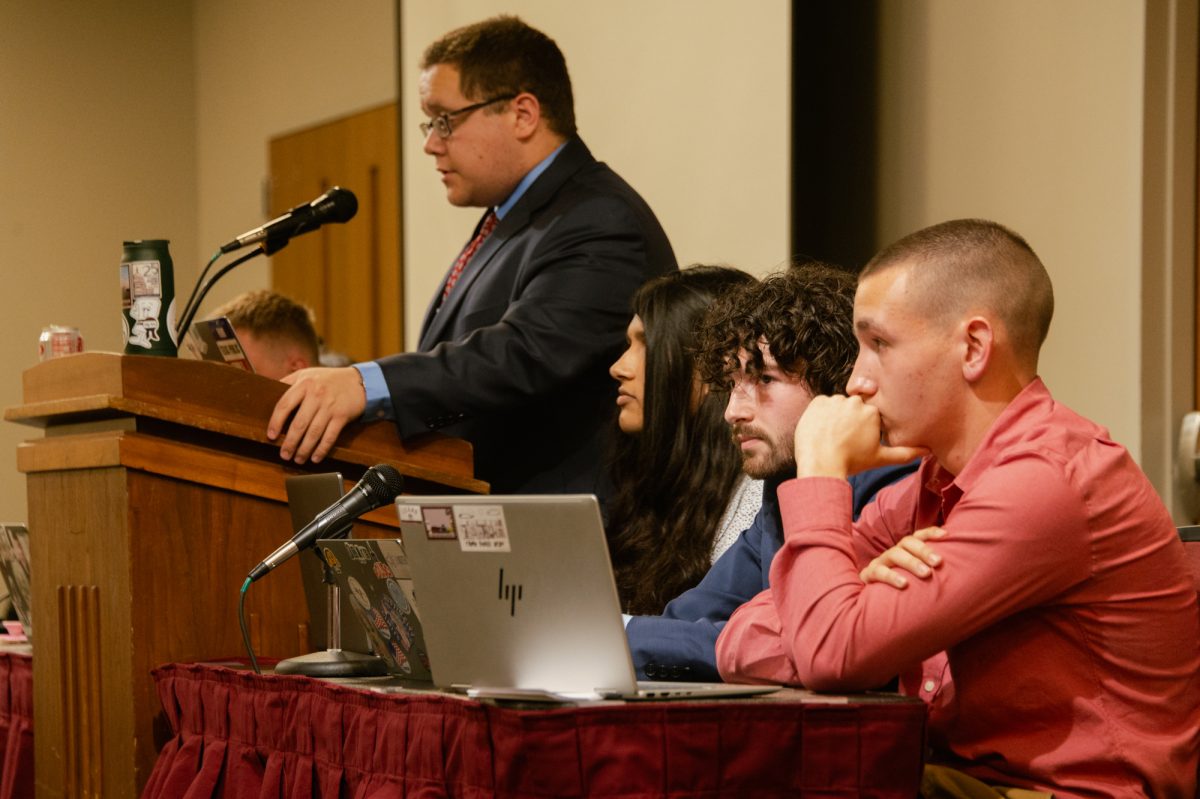Hot weather has been said to cause seasonal spikes in crime. However, experts say the correlation between the two may be too far of a stretch, and instead may be related for other reasons.
A 2019 study at USC found violent crime increased by up to 5.7% on days with temperatures higher than 85 degrees. This study may show a correlation, but researchers also found the relationship in crime was more common in lower-income communities during warm weather conditions.
In Bryan-College Station, there has been a rise in crime reports. The reported crimes include theft, where SWAT was involved, shootings and stolen firearms. These reports occurred when the hot weather in Texas was on the rise.
Sociology senior Sarah Medina said while there may be a correlation between crime and weather, there are other factors to be considered.
“I don’t necessarily think there’s a correlation between hot weather and crime rates,” Medina said. “I think crime rises not due to temperature, but due to socioeconomic status.”
Sociology professor and director of graduate recruitment Robert J. Durán, Ph.D., said socioeconomics and living conditions must be considered.
“We see higher violent and property crime levels in hotter temperatures and hotter regions,” Durán said. “However, it has disproportionately impacted certain groups who may not be able to remove themselves from heat and impact those with less access to these necessities.”
Durán said these groups, impacted mainly by the harmful effects of crime and heat, must be considered when deciding whether the two issues connect.
“I believe there is disproportionate impact in regards to race, sex and economics of the individuals as compared to other groups,” Durán said. “I think it’s not just one, but multiple factors besides weather that contribute to crime rates.”
Other factors to be considered include individuals who lack access to the necessities needed to escape the heat. Durán said these individuals are more likely to be used as sources in these research studies.
“People that cannot remove themselves from heat are more likely to be monitored for these correlations between heat and crime,” Durán said. “Disproportionately, some people can stay indoors more than outdoors, so it would impact people and groups differently.”
Sociology senior Stephanie Orozco said those who do not have access to air conditioning are targeted and impacted by crime rates.
“I think already if you can’t afford A/C that you are already stigmatized and targeted,” Orozco said. “Those that do not have access to A/C will tend to go into public spaces that do have that A/C, leading them to be charged with loitering, overall making the chance of being incarcerated higher.”
Durán said another factor contributing to the connection between heat and crime is the activities we tend to do during the hot seasons.
“Routine activities, which during summer, people are more likely to be out and about participating in their leisure activities around other people,” Durán said. “Uncomfortability and people around each other can cause people to be provoked more than they normally would.”
Orozco said for those who partake in warmer weather activities and went to the beach during this spring break, the crime in those areas definitely rose.
“It’s almost the social norm in those coastal areas, there’s more expectations of certain age demographics, like college students to partake in certain activities that can lead to incarceration rates rising,” Orozco said. “I think that it would be really fascinating to see the data of very coastal and rural areas, to see if the same crime in other areas are still happening.”
To combat increases in crime, especially in economically disadvantaged areas, Durán said corporations contributing to climate change and rising temperatures should face consequences.
“Looking at crime rates in correlation to climate change, at some point, these massive corporations that cause climate change need to be held accountable and their corporate practices need to be monitored,” Durán said.
Corporations are not the only individuals that must be held accountable for contributing to crime, but Durán said political groups must be held responsible.
“Crime is impacted politically and politically favored no matter the party to be harsh on crime,” Durán said. “In the study of crime, there is a lot of fear of what causes it, and it is often used politically and policy-wise, which often doesn’t incorporate the research and knowledge on the topic.”
Durán said the research and data do not match what the public and politics perceive as correct.
“The data sources that we have say that crime has decreased, so our data sources have reported the opposite perception of public view,” Durán said.
Orozco said those collecting the data for these statistics target certain marginalized groups.
“I think that the statistic is stigmatized, and it benefits people to target those that are less privileged in order to prove their statistic,” Orozco said.
When describing their own experience with the Texas heat, Medina and Orozco both said similar descriptions.
“Whenever the weather is hot, I get agitated and annoyed,” Medina said.
It is no secret that heat is an evident issue, especially in Texas.
“I would describe the hotter weather in Texas as terrible, brutal and intense,” Orozco said. “I’ve noticed that when the weather is colder, and I go a duration without eating I think my mood is fine, but when we add in that other stimulant of the hotter weather, I think I definitely get more annoyed because it’s too many things all at once.”
Durán said the relation between hot weather and crime is evident.
“In terms of how high temperatures are, specifically in Texas, it can get extremely hot, especially during summertime,” Durán said. “Who even wants to be out at some of these times of the day? Yet, Texas as a state usually has higher crime levels.”
Durán said the groups usually targeted for these crimes, which are used in the data to correlate weather and heat, are seen in Texas areas.
“In a study that I reviewed, I read that crime is likely to rise as temperatures begin to rise, and this goes back to disproportionality in regards to race, sex and more vulnerable groups who have been impacted the most,” Durán said. “It is important to note that certain groups are more likely impacted, and it’s not a general amount of everyone being arrested and sentenced to prison. It’s instead people who are more marginalized in society.”
Whether or not crime rises due to hot weather, Durán said this relationship and others are used to ignore the real issues.
“I think in the study of crime, there’s often an easy scapegoat to try and explain why we shouldn’t have to handle all these other forms of inequalities in our society,” Durán said. “It becomes easy to blame the weather, mental health or an individual, especially when it is unequal across demographics.”

















Chris Barron • Mar 28, 2024 at 3:18 pm
Wow, what a poorly written piece. A true representation of the problems of not understanding that correlation does not equal causation. Moreover, what leaps leaps of delusion does a person need to make to posit that corporations contributing to climate change are responsible for increased crime. Really an embarrassment to the battalion.